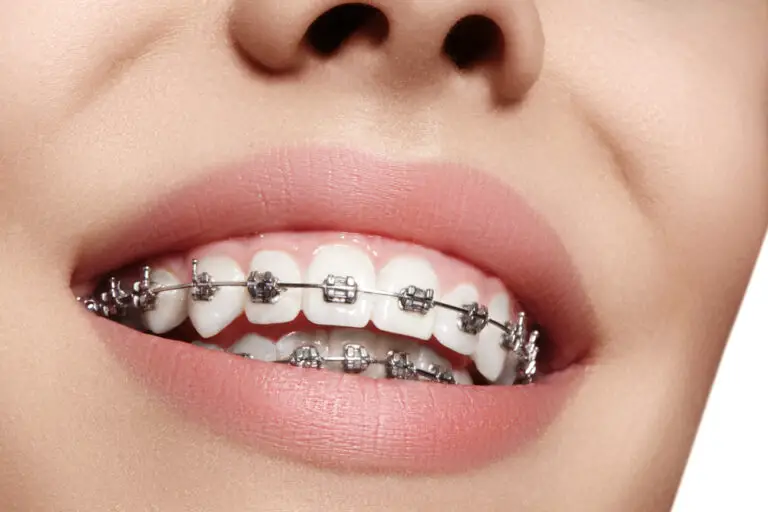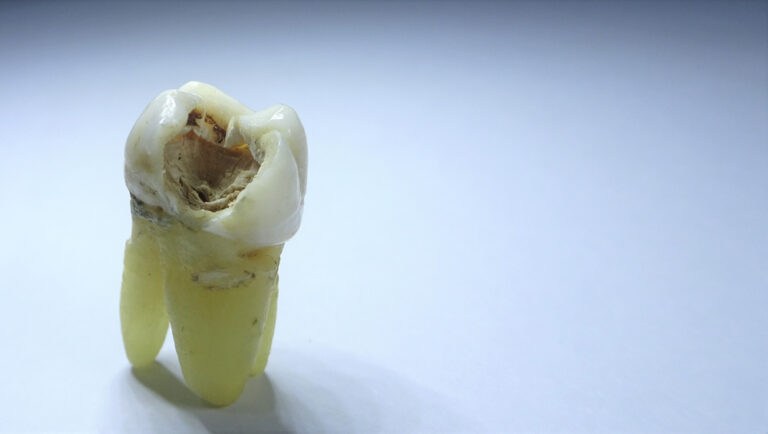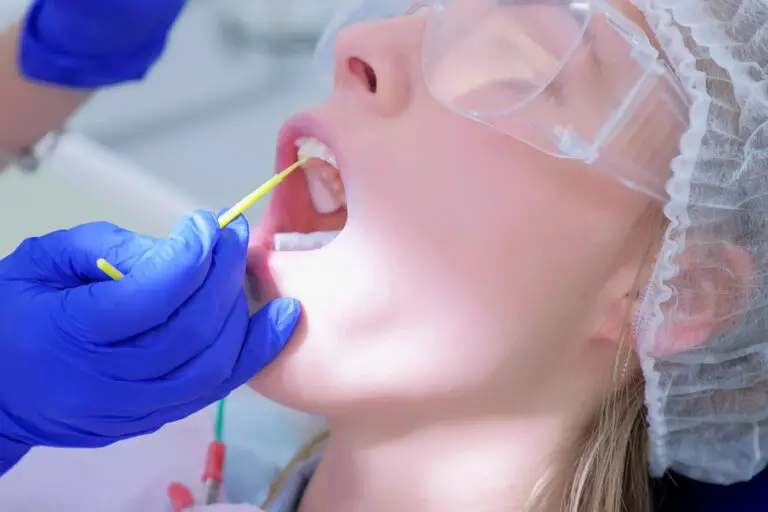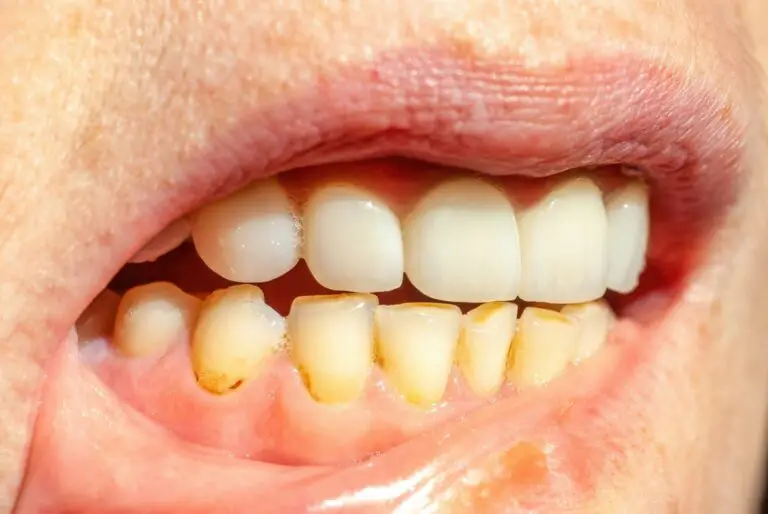Your teeth can reveal a great deal about your overall health and habits. Dentists and dental hygienists are trained to examine the teeth, gums, and mouth to screen for problems and gain insights into a patient’s health status, lifestyle, and oral care routine. Read on to learn all about what the state of your smile may be indicating about you.
Tooth Color
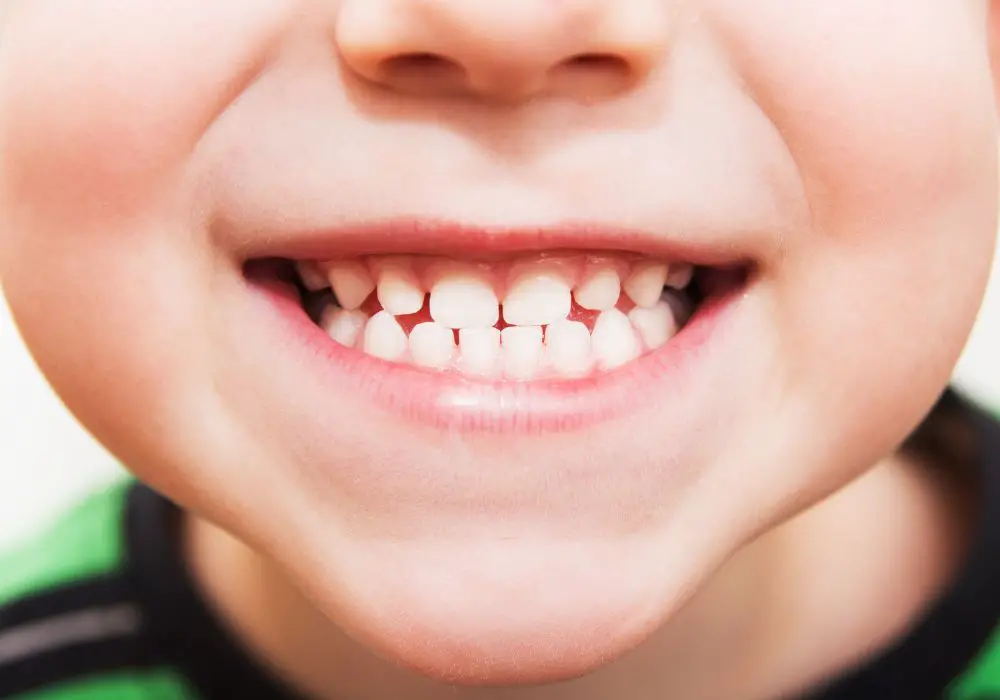
The color of the teeth can give some useful information:
- White teeth indicate good oral hygiene habits and no external staining from food or drinks. Whiteness shows enamel is thick and intact.
- Yellowish teeth can point to poor oral hygiene allowing plaque buildup that ingrains into the enamel over time. It may also show thinning enamel and small cracks that allow more dentin to show through, which is yellower.
- Grayish teeth are likely caused by thin enamel and smoking. Nicotine and tar from cigarettes, cigars, pipes, and other tobacco products seep into pores in the enamel and intrinsically stain the dentin beneath.
- Very white or blue-white teeth suggest the person has likely had their teeth whitened through professional bleaching, whitening strips, or other products. This whiteness is not natural but indicates a cosmetic treatment.
- Translucent or even transparent looking teeth are a sign of advanced thinning of enamel from aging or genetic predisposition. The thinner the enamel, the more the yellower dentin shows through.
Tooth Alignment and Spacing
The straightness and spacing of teeth also gives clues:
- Teeth that are perfectly straight likely had orthodontic treatments like braces, retainers, or alignment trays as a child or teen.
- Crooked, crowded, or overlapped teeth show no orthodontic interventions occurred and the teeth are in their natural alignment.
- Misaligned teeth may also indicate thumb-sucking or tongue thrusting habits as a child.
- Teeth that are very widely spaced or have gaps can suggest there is insufficient bone structure to support the spacing.
- Ideal tooth alignment is straight with each tooth slightly touching the next.
- Crowded teeth have too little space between them, forcing overlapping. This can lead to increased plaque retention and risk of tooth decay and periodontal disease.
- Gapped teeth have spaces between them, which can trap food debris and likewise increase oral health risks.
Tooth and Gum Conditions

Upon closer visual examination, the teeth and gums themselves can reveal many things:
- Cavities – Visible pits, holes, or dark spots in the enamel are clear signs of tooth decay from improper brushing, flossing, and dental care. They allow bacteria to penetrate deep into the dentin.
- Cracks/Fractures – Cracked or fractured teeth likely have a history of trauma, injury, or grinding/clenching stress. Vertical cracks extend from chewing surfaces towards the root and can worsen over time.
- Worn Tooth Enamel – Smooth, rounded teeth with decreased height indicate significant enamel loss from abrasion or erosion from acidic dietary habits. Bulimia or reflux are also common causes.
- Stains – Surface stains on the enamel imply use of certain products. Tobacco use causes brownish stains within the enamel, coffee/tea leads to dark yellow or brown surface stains, and red wine contributes to purple-gray discoloration. Some medications like tetracycline also cause intrinsic gray or blue-tinged stains as they incorporate into forming enamel.
- Gum Disease – Red, swollen, inflamed gums that bleed easily during brushing or eating are clear signs of gingivitis and advancing periodontal disease. Left untreated, gum disease can lead to receding gums, bad breath, tooth loosening, and eventual tooth loss.
- Tooth Grinding – Also called bruxism, repetitive grinding and clenching wears down the chewing surfaces and can fracture teeth over time. It is usually worse at night. Indicators are abraded enamel, pronounced masseter muscles, and pain or soreness in the jaw joints.
Age-Related Changes
As we age, our teeth undergo predictable changes that dentists use to estimate age:
- Young children have less mineralized primary (baby) teeth that emerge around 6-12 months old. Their adult teeth begin forming under the gums around age 6.
- Wisdom teeth (3rd molars) typically start to erupt around ages 17-25. They are the last to emerge and most prone to impaction.
- Teeth are whitest, smoothest, and sharpest in your early 20’s indicating thick, healthy enamel. They gradually yellow and wear as enamel thins over time.
- By mid-30’s, enamel starts to show more thinning, localized wear, and small cracks. More dentin is visible giving a yellower appearance.
- Teeth progressively darken and yellow more from stains in your 40’s as enamel continues to thin with aging. More exposed root surfaces in the gums are also yellower.
- Advancing gum recession in your 50’s and beyond exposes more yellow root surfaces and dentin at the gum line as enamel is lost. This increases sensitivity.
- Elderly individuals often have excessive wear, fractures, and transparency resulting in thin, brittle, yellowed, misshapen teeth. Gum recession and tooth loss are also common.
Younger patients generally have thicker, whiter, sharper enamel while older patients exhibit more thinning, yellowing, transparent enamel and increased gum recession. However, habits like smoking and poor hygiene can prematurely age teeth.
Systemic Health Connections

Oral health and whole body health are inherently linked, so your teeth can provide hints about a number of systemic diseases:
- Gum disease allows entry of oral bacteria into the bloodstream that can contribute to arterial plaque buildup and higher risk of cardiovascular disease, heart attack, and stroke.
- Poor oral hygiene and gum disease allow overgrowth of bacteria that can be inhaled into the lungs, causing respiratory infections like pneumonia, bronchitis, COPD, and widened airways in asthmatics.
- Periodontal disease makes diabetes harder to control by increasing insulin resistance and exacerbating blood sugar level fluctuations.
- Osteoporosis and tooth loss are closely correlated – estrogen and calcium deficiency affect both bone mineral density and tooth/jaw bone health for older women.
- Without adequate teeth, proper nutrition intake becomes impaired. Difficulty chewing and biting make it harder to eat meats, fibrous vegetables, nuts, seeds, and other important foods.
Clearly, compromised oral health negatively impacts total body wellness in multiple ways. Maintaining your teeth optimizes your overall health and reduces disease risk.
When to Seek Dental Care
You should have a thorough dental examination and cleaning every 6 months to closely monitor your oral health. Seek immediate dentist attention if you have any of the following urgent concerns:
- Severe toothache, sensitivity, or pain that prevents eating or sleeping
- Visible swelling in gums or face
- Bleeding from the gums or mouth sore that won’t heal
- Any loosening or shifting of permanent teeth
- Bad breath or foul odor persistent after brushing
- Breakage, chipping, or cracking of teeth
- Any bumps, lesions, or discolored spots in the mouth
- Sudden temperature sensitivity, especially to cold
Getting prompt treatment for any dental issues before they worsen can prevent extensive problems down the road.
Maintaining Healthy Teeth
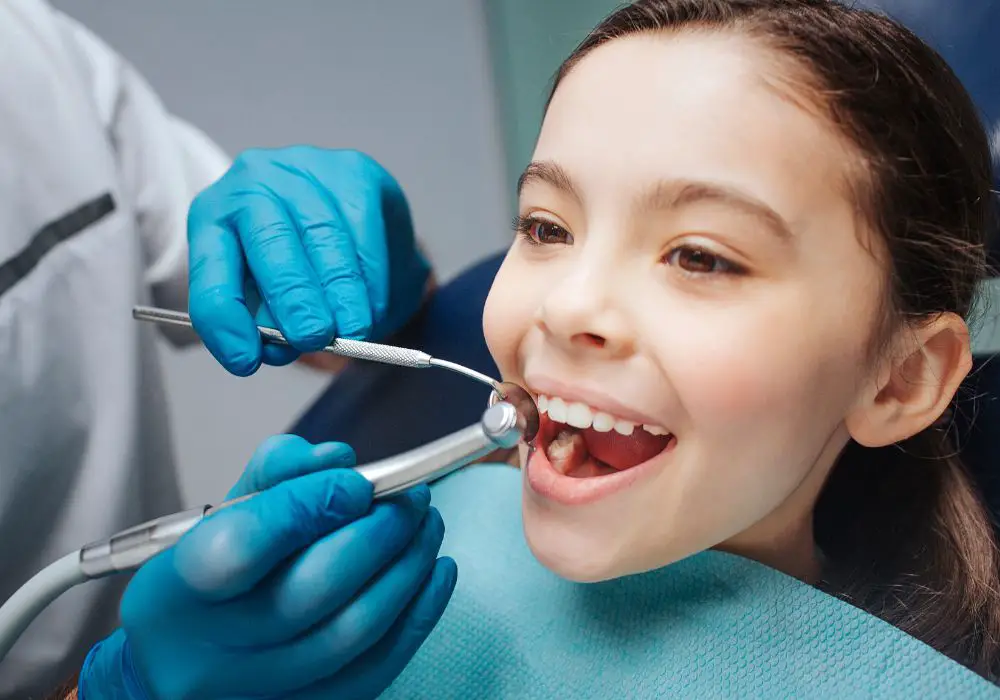
Prevention is key to keeping your smile vibrant and avoiding tooth decay or disease. Follow these daily oral care tips:
- Brush teeth thoroughly twice per day with a soft-bristled fluoride toothpaste
- Floss between teeth once daily to dislodge plaque and debris
- Swish with antimicrobial mouthwash to reduce bacteria counts
- Limit sugary or acidic foods and drinks that deteriorate enamel
- Stay hydrated with plain water instead of acidic sodas or sugary juices
- Have regular dental cleanings and checkups every 6 months
- Use products like xylitol gum or lozenges to stimulate saliva flow
Practicing good oral hygiene habits at home combined with professional dental cleanings is the best way to preserve your teeth and gums for life.
Conclusion
Your oral health reveals a myriad of insights into your overall wellbeing, lifestyle, and health status. Many aspects of your teeth and gums allow dentists to assess your oral hygiene regimen, dietary factors, disease risk, use of tobacco, medications, and more. Make sure to properly care for your teeth each day and have regular dental visits. This promotes optimal oral health, reduces your risk of tooth decay and disease, and keeps your smile looking its best!
Frequently Asked Questions
What are some signs of healthy teeth?
Signs of healthy teeth include:
- White, stain-free color indicating thicker, intact enamel
- Smooth tooth surfaces without holes or cracks
- Proper alignment without crowding or crookedness
- No evidence of untreated cavities or decay
- Firm gums that are pink and lack inflammation
- No discomfort, sensitivity, or pain while eating
- Fresh breath with no persistent bad odor
What makes teeth appear whiter or more yellow?
Teeth look whiter from good brushing, fluoride exposure, and professional whitening treatments. Enamel naturally thins and yellows from aging, allowing more yellow-hued dentin to show through. Stains from coffee, tea, wine, and smoking also yellow the enamel.
How can someone stop grinding their teeth at night?
To help prevent teeth grinding (bruxism):
- Reduce stress through yoga, meditation, massage therapy
- Avoid alcohol, caffeine, and stimulants before bedtime
- Try to sleep in a side position instead of on your back
- Establish a relaxing pre-bed routine
- Ask your dentist about a custom night guard to wear
What problems can poor dental hygiene lead to?
Consequences of poor dental hygiene include issues like:
- Tooth decay – Destruction of enamel allows decay into the teeth
- Gum disease – Inflammation and loss of gum and bone tissues
- Tooth loss – From severe gum disease and untreated tooth decay
- Halitosis – Smelly breath caused by oral bacteria buildup
- Periodontal disease – Damage to tissues surrounding and supporting teeth
How can someone prevent cavities from developing?
To prevent cavities from forming:
- Brush thoroughly with a fluoride toothpaste after meals
- Floss daily to remove trapped food particles and plaque
- Use antimicrobial mouth rinses to reduce oral bacteria
- Limit frequent snacking and acidic drinks that erode enamel
- Receive regular dental cleanings and checkups every 6-12 months
- Chew xylitol gum to increase saliva flow and remineralize enamel

